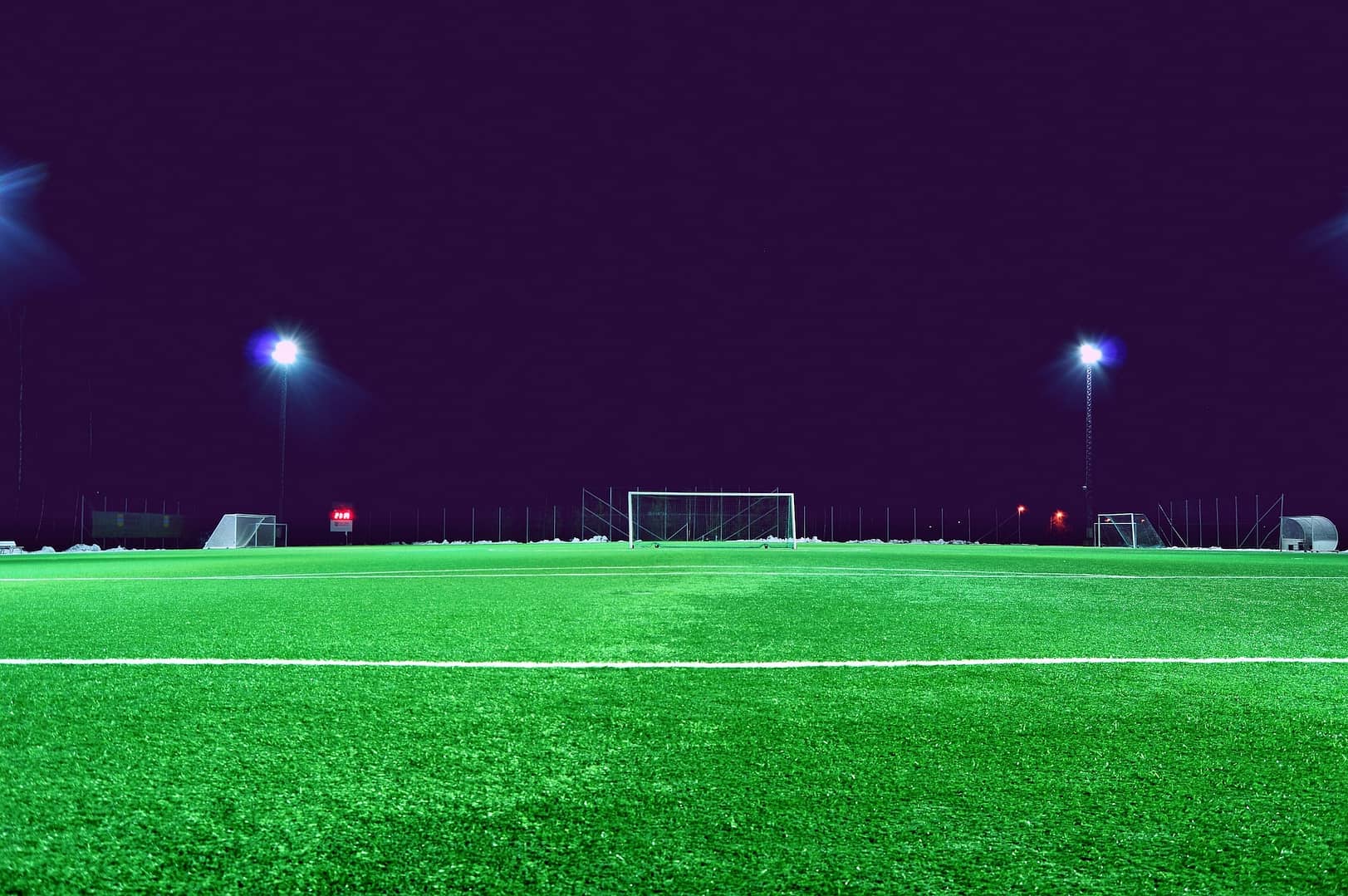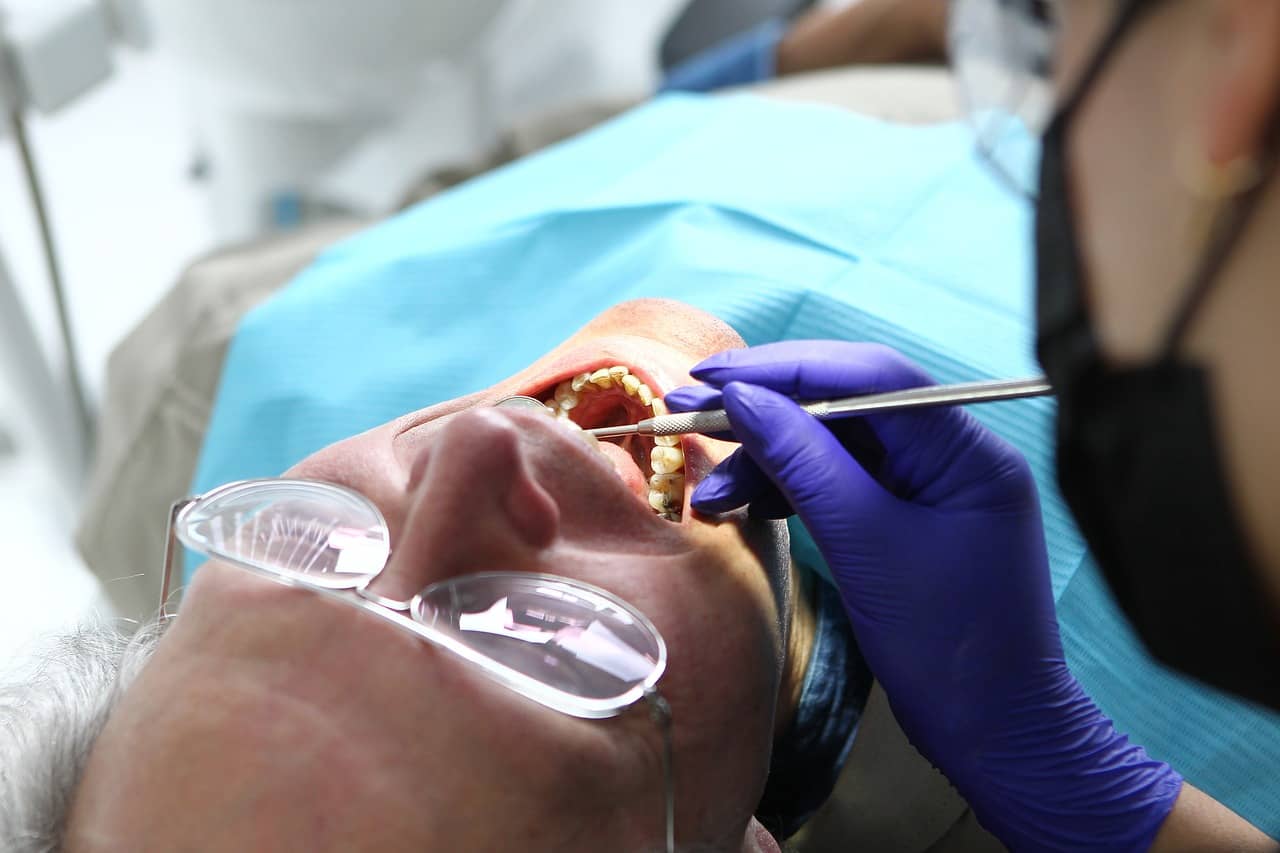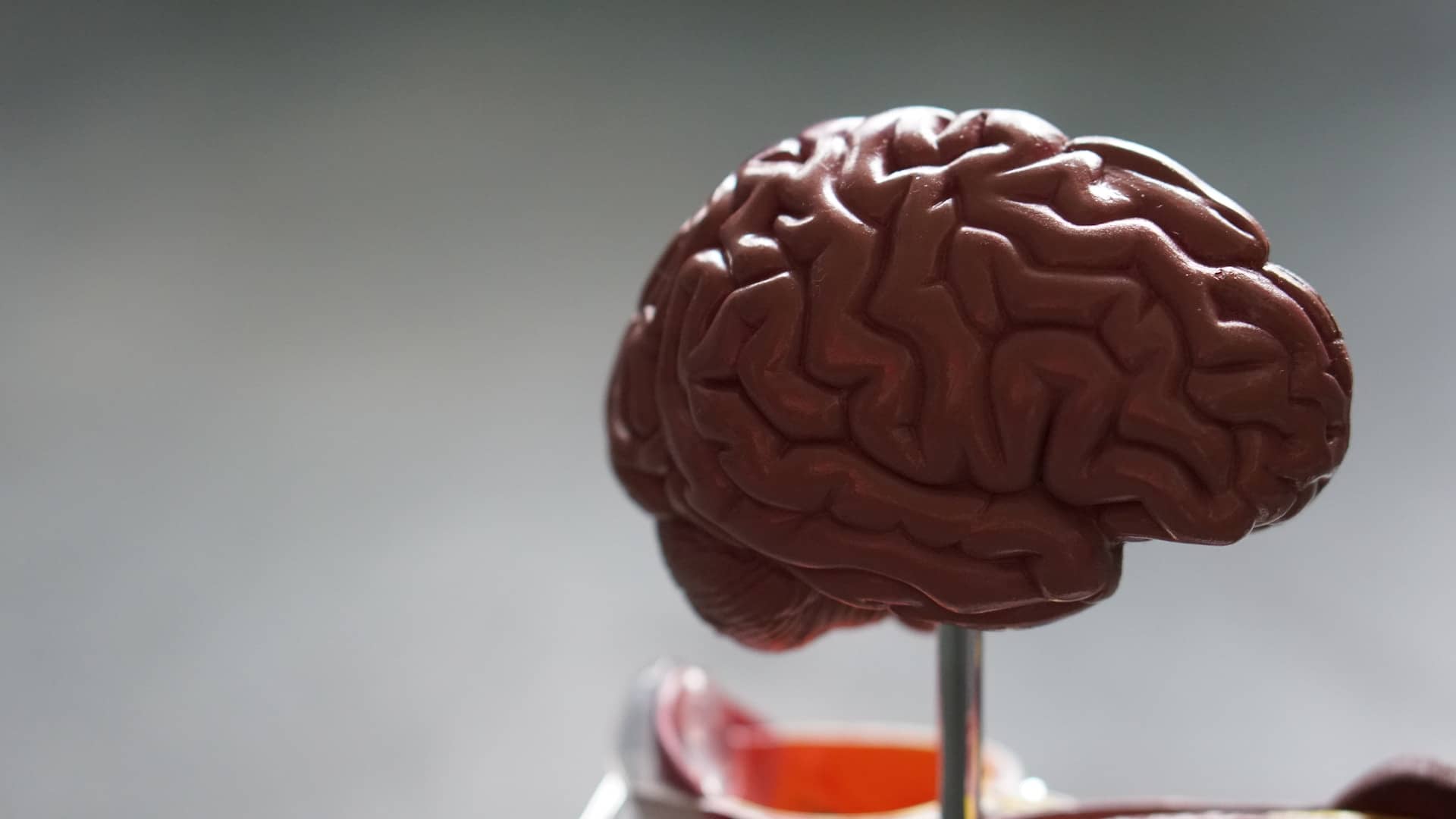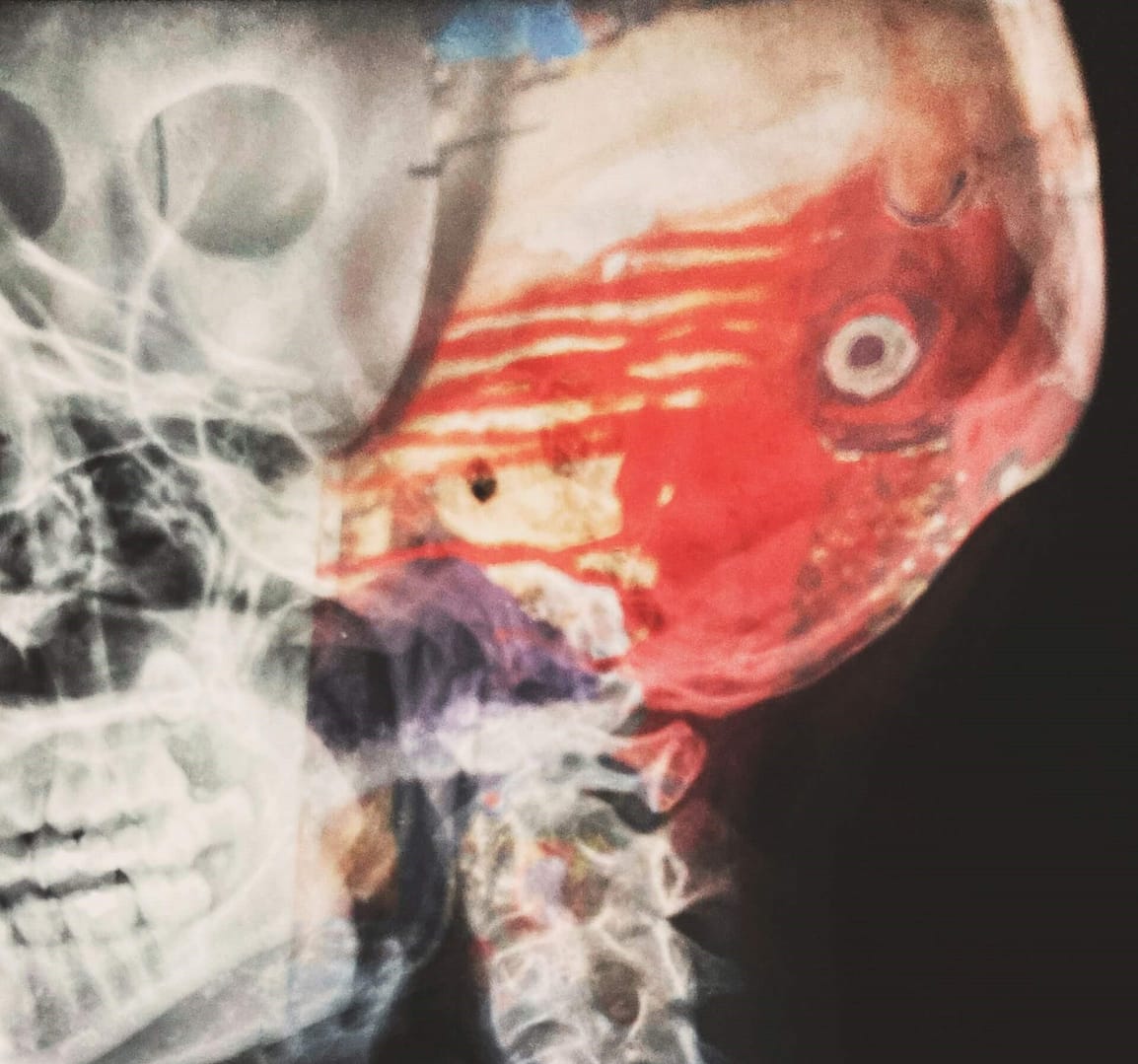In the world of sports, the thrill of competition, the camaraderie among teammates, and the rush of victory create an atmosphere that captivates millions. However, there’s a shadow that looms over the glory of contact sports – the concerning link between these activities and brain injuries. As we delve into this topic, it’s essential to understand how contact sports impact brain development and explore the intricate relationship between these sports and the potential for traumatic brain injuries.
The Impact on Brain Development
From the first kick in a football game to the first tackle on the rugby pitch, athletes engage in physical activities that shape their bodies and minds. For many, participating in contact sports is a rite of passage, fostering discipline, teamwork, and resilience. Yet, beneath the surface of these valuable life lessons lies a more complex story about the effects of contact sports on the developing brain.
In the early stages of life, the brain undergoes rapid growth and maturation. The connections between neurons form the foundation for cognitive functions, emotional regulation, and overall mental well-being. Contact sports, however, introduce a unique set of challenges to this delicate process. The repetitive impact of tackles, collisions, and falls can disrupt the intricate balance of neural networks, potentially affecting cognitive development.
The Vulnerable Period
During childhood and adolescence, the brain is particularly vulnerable to external influences. Neuroplasticity, the brain’s ability to reorganise itself, is at its peak during these formative years. While this adaptability is essential for learning and skill development, it also means that the brain is more susceptible to the negative consequences of repeated head trauma.
As children engage in contact sports, their developing brains may bear the brunt of the physical demands. The continuous jarring and sudden blows can lead to microscopic injuries, setting the stage for long-term consequences. It’s a precarious balance between the benefits of sports participation and the potential risks to brain health.
The Relationship Between Contact Sports and Brain Trauma
The connection between contact sports and brain injuries has become an increasingly scrutinised topic, sparking debates among medical professionals, sports enthusiasts, and parents alike. Understanding this relationship requires a closer look at the mechanics of brain trauma during sporting activities.
The Mechanism of Injury
Contact sports expose athletes to various forms of head impacts, ranging from mild concussions to more severe traumatic brain injuries (TBIs). In sports like rugby, where high-velocity collisions are common, players may experience repeated subconcussive hits – blows to the head that don’t result in immediate symptoms but accumulate over time.
These subconcussive hits, when added up over a season or a career, contribute to a condition known as chronic traumatic encephalopathy (CTE). CTE is a degenerative brain disease associated with a history of repetitive head trauma. It manifests with symptoms such as memory loss, mood swings, and cognitive decline, often appearing years or even decades after the athlete’s exposure to head impacts.
The Cumulative Effect
One of the key challenges in addressing the problem with contact sports and brain injuries is the cumulative nature of the damage. Unlike a single, isolated incident, the repeated exposure to head trauma over the course of an athlete’s career can lead to more profound and lasting consequences. The accumulation of injuries may result in a higher likelihood of developing neurological disorders later in life.
Mitigating the Risks
Recognising the risks associated with contact sports doesn’t mean abandoning them altogether. Instead, it calls for a thoughtful approach to minimising the potential for brain injuries while preserving the positive aspects of sports participation.
Emphasising Safety Measures
Implementing and strictly enforcing safety measures is crucial in contact sports. This includes proper equipment, such as helmets with advanced impact protection, and comprehensive training for coaches and athletes on recognising and managing concussions. By prioritising safety, sports organisations can create an environment that fosters both physical development and long-term well-being.
Age-Appropriate Training
Considering the vulnerability of developing brains, sports organisations should also pay attention to age-appropriate training regimens. Limiting the intensity and frequency of contact during practice sessions for younger athletes can help mitigate the risks associated with head injuries. Creating guidelines that align with the developmental stages of the brain is a proactive step toward safeguarding the health of young athletes.
Regular Monitoring and Medical Support
Regular monitoring of athletes for signs of concussions and providing timely medical support are essential components of risk mitigation. Educating coaches, parents, and athletes about the importance of reporting head injuries and seeking medical attention is crucial for early intervention. This proactive approach can prevent long-term damage and promote a culture of prioritising player safety over immediate competitive gains.
Making a Serious Injury Claim with National Claims
In the unfortunate event of a serious injury resulting from contact sports, seeking compensation may become a necessary step. At National Claims, we understand the complexities of such cases and are committed to assisting individuals in their pursuit of justice.
Our experienced team of legal professionals specialises in handling serious injury claims, including those related to brain injuries from contact sports. We prioritise the well-being of our clients and work tirelessly to ensure they receive the compensation they deserve.
If you or a loved one has suffered a brain injury due to participation in contact sports, National Claims is here to guide you through the process of making a serious injury claim. Our compassionate team will assess the details of your case, explain your legal options, and advocate on your behalf to secure a fair and just settlement.
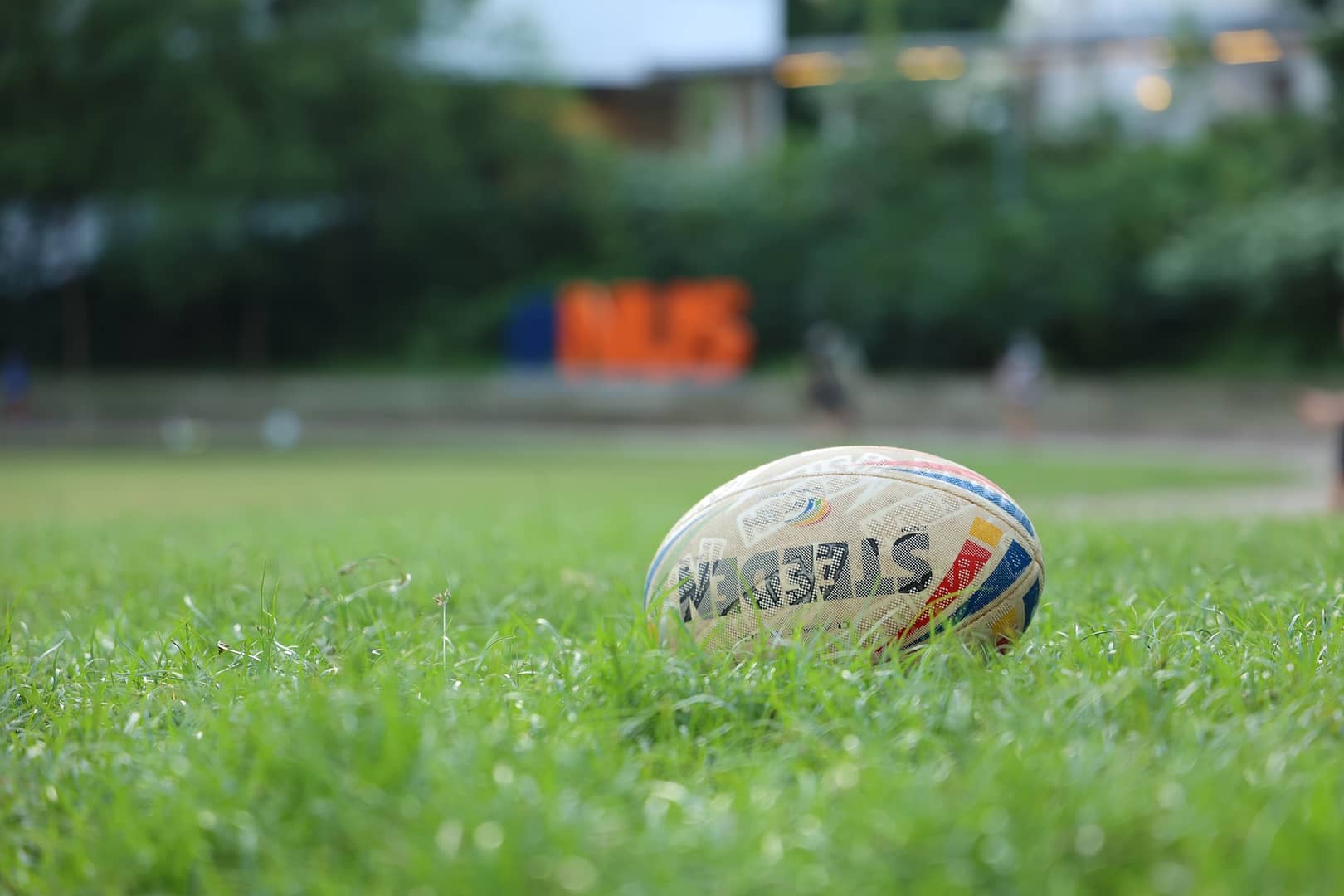
Conclusion
While the allure of contact sports is undeniable, the conversation around the problem with brain injuries in these activities cannot be ignored. As we navigate the delicate balance between the physical benefits of sports participation and the potential risks to brain health, a concerted effort is needed to prioritise safety, implement preventive measures, and raise awareness about the long-term consequences of repeated head trauma. In doing so, we can ensure that the playing fields of our favourite sports remain arenas of growth, teamwork, and achievement without compromising the well-being of the athletes who grace them.
Start your claim with our help today and contact us to speak to one of our claims specialists.
Click below to see why we are one of the most trusted claims management companies in the UK.

We’re proud of our excellent customer reviews
We thrive on delivering exceptional service and ensuring our clients’ satisfaction. Don’t just take our word for it. Check out some of our independent reviews to see what our clients have to say.
Excellent

This firm is excellent, they sorted out my car pay out and injury claim very fast, they always communicate with you all the time.

My accident case was dealt with confidence and with great result of the outcome, especially James kept me informed all the time.

I was very impressed at the way my inquiry was treated. I was listened to attentively and everything I needed to know was explained to me.


